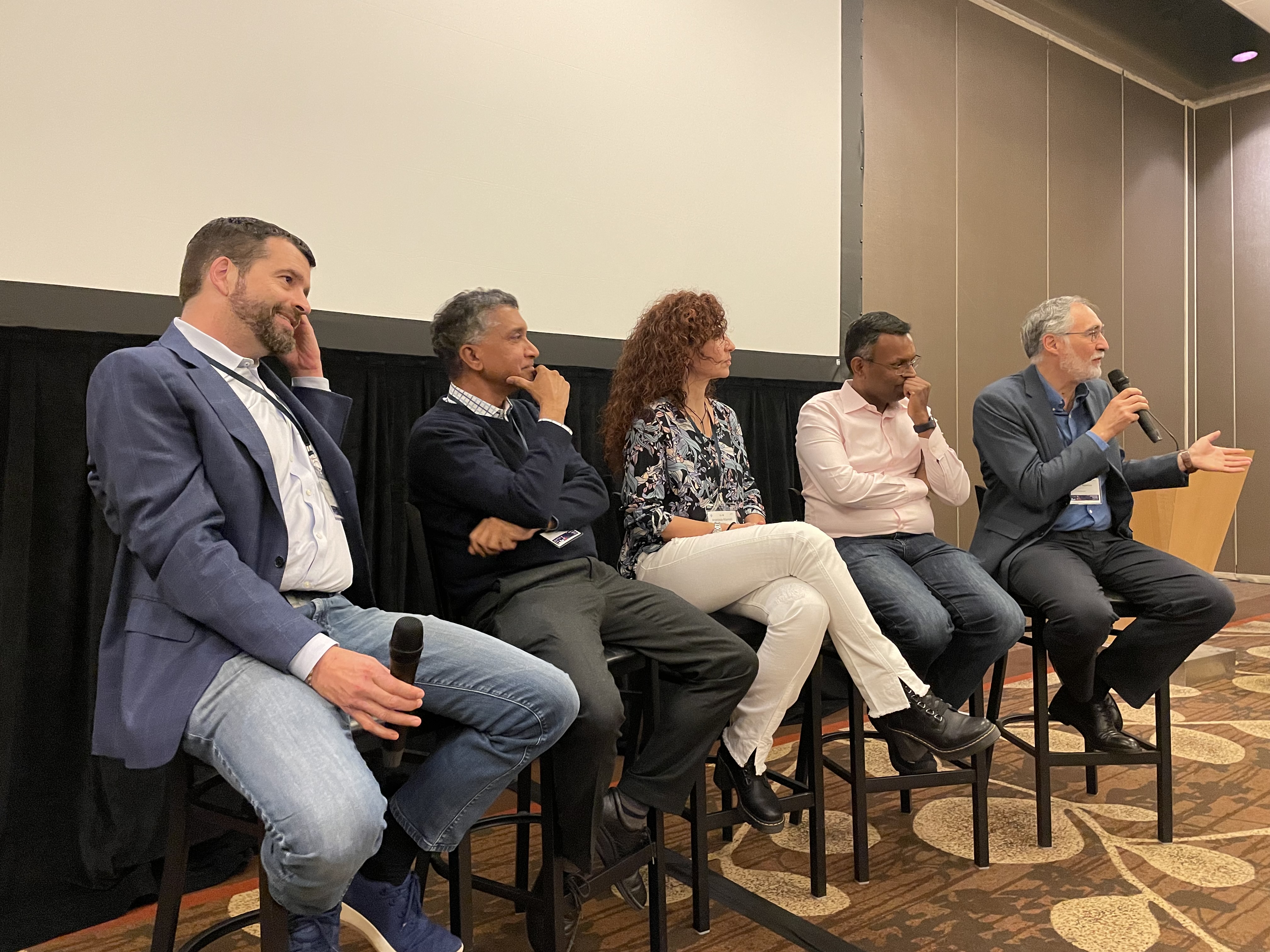Android reverse-scooped us with the proximity alert service
I had mentioned about Fatih Bulut, one of my PhD students, when writing about his crowdsourced line wait-time forecasting project. Fatih has recently been working on an energy-efficient proximity alert service for Android, and published his preliminary work in M. F. Bulut, M. Demirbas. Energy Efficient Proximity Alert on Android. IEEE Workshop on Pervasive Collaboration and Social Networking, 2013. The abstract from that paper reads:
The proximity alert service on Android is important as an enabler of ubiquitous location-based services, however, it is also limited in this role due to its excessive energy expenditure. In this paper, we present the design and implementation of an energy-efficient proximity alert service for Android. Our method utilizes the distance to the point of interest and the user’s transportation mode in order to dynamically determine the location-sensing interval and the location providers (GPS, GSM, or Wi-Fi) to be used. We implement our method as a middleware service in the Android open source project. Our service, for a realistic scenario, reduces GPS usage by 96.66% and increases battery life time by 75.71% compared to the baseline proximity alert in Android.
Today, in the Google I/O conference, Google unveiled a service very similar to Fatih's proximity alert service as part of their Maps API. They utilized identical features (distance and transportation mode) as Fatih did in his implementation.
Geofencing APIs
Lets your app setup geographic boundaries around specific locations and then receive notifications when the user enters or leaves those areas.
Simple but powerful APIs: Allows batch addition and removal of geofences. Ability to manage multiple geofences at the same time. Ability to filter alerts for both entry and exit or entry only or exit only.
Optimized for battery: Adjusts location updates based on user's proximity to the geofence and user's modality (still, walking, driving, and so on).
I think this reverse-scooping is actually good news for us. It showed that we have been working on an important direction. And we now have access to a solid proximity service from Google with which we can compare and build on for our future ideas for proximity alerts. (However, I don't know how this will affect the fate of his conference paper which is under-submission ;-)







Comments